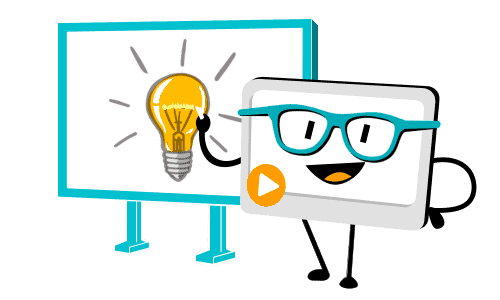Why Classrooms Need More Creativity
Creativity is a term that we immediately associate with colors, shapes and music. But creativity isn’t just about painting, dancing, and poetry. Creativity actually means the ability to think divergently and using that method to solve problems.
Why else would today´s CEOs value creativity as the most important skill, as IBM found out in a 2010 survey? And why else is creativity a part of almost every job description nowadays? (Did you notice?)
Creativity is the engine to innovation. It will give us the power to access information that’s already stored in our brains and adapt it to different issues and new ideas.
So while kids make use of creativity very intuitively, why don´t the majority of us do the same as adults?
Because we forgot. Through worksheets, task-books, and papers, we were pressed in a linear curriculum where there was no space for little detours which might have widened our perspective. But guess what? Life is not linear. We have to come up with new solutions to new problems in our everyday lives. So shouldn´t we expect to get prepared and equipped with creativity in the classroom?
mysimpleshow as a creative tool
Since we know WHY more creativity should be promoted there is also a big fat HOW standing in the classrooms.
Well, there are several tools (lots of them you´ll find in here) which are promising add-ons to textbooks and worksheets – just like mysimpleshow is, of course 😉
But imagine students who have the chance to choose which format they will use to fulfill an assignment: An explainer video for collapsars or gravity waves in physics? Directing a How-To-Video about training procedures in sports? A clip which discusses pro and contra of a law in politics?
Students’ motivation and engagement may be much higher when having these options instead of reading papers and taking notes – as usual.
This is not the only positive effect. Moreover:
1. they are learning more actively because they have to do the research on the topic they want to make a simpleshow about
2. they learn to distinguish relevant and irrelevant information
3. they have to think of a story
4. they have to come up with ideas on how to visualize facts and issues – no matter if it´s history, literature, or math
5. they gain the ability to communicate their ideas and knowledge clearly
6. they can pimp their presentations with a cool video
Which brings us to a big plus for teachers:
New and more exciting ways to bring content to kids and students includes more learning achievement and excludes boredom. So goodbye yawning students! Welcome creatives!




